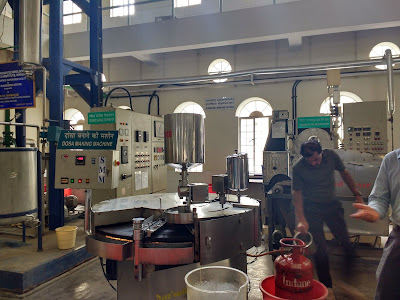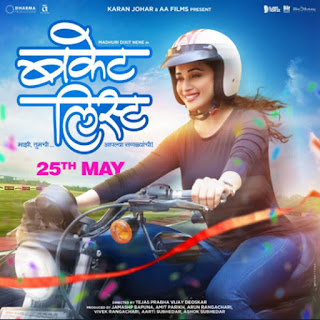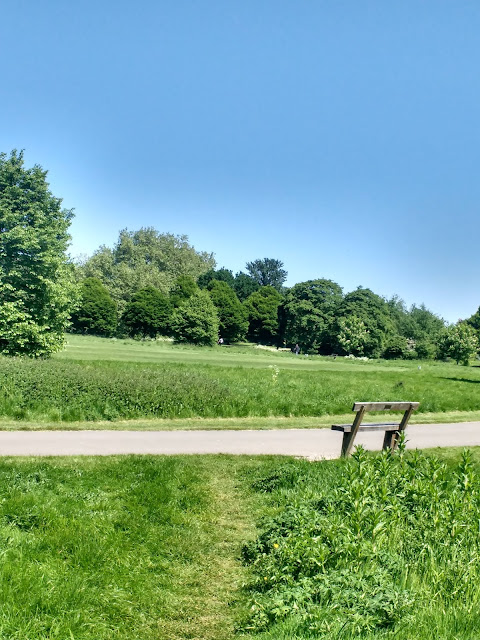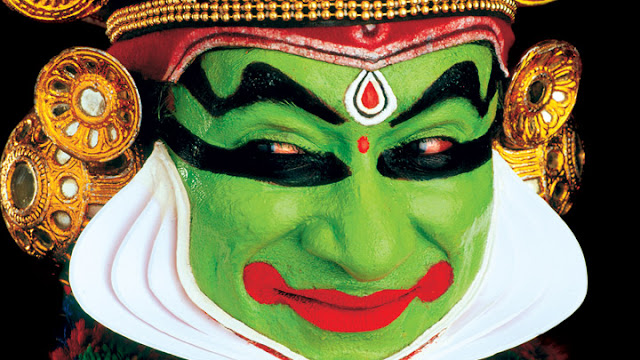While reading, I come across a lot of fascinating material about "The Last Supper". Some stories, some facts, some theories and a few myths too. There has been speculation about the possibility of a hidden mathematical code or message in the painting. Some have also talked about a musical score embedded in it. Some believe that the person seated to the right of Jesus is actually Mary Magdalene, one of his followers who travelled with him and was present at his crucifixion, burial and resurrection. The upturned salt cellar in front of Judas is symbolic of betrayal. And instead of giving a halo to Jesus, Leonardo placed a window so as to provide the same effect.
The painting is supposed to contain references to the number 3 in keeping with the Christian belief in the Holy Trinity. The apostles are seated in groups of three. There are three windows. And the figure of Jesus is shaped like a triangle.
As intriguing as all this is, the most relevant piece of information for me at this point of time is that an important copy of the original exists in London. I am going to be in London after Milan. This offers me an opportunity to check out Giampietrino's 16th century copy. It is on display at the Royal Academy of Arts in Central London. I visit the gallery on a pleasant day in the afternoon, less than a week after seeing the original in Milan.
The academy is a privately funded art institute based in Burlington House on Piccadilly. Established in 1768, it promotes visual arts through various activities. I walk through some halls and climb the grand staircase to go to the next level. One of the helpful staff members guides me to the section housing the copy. One has to go past a wall that acts as a partition and then the painting comes in full view. It is smaller than the original, about 119 in x 309 in, but still impressive in size.
Unlike the original, there is no time restriction here. One can spend as much time as one wishes to. In fact, there are comfortable sofas placed right in front of the painting for visitors who might want to gaze at the work seated comfortably. The room is well-lit. And the painting is much brighter than the original. The academy purchased this oil on canvas in 1821 from H. Fraville. The copy is very faithful to the original, but it lacks the 3-dimensional effect and depth to some extent because the top third part of Leonardo's composition is missing in it. Details like the tableware, food items, and the overturned salt cellar are visible more clearly. Also prominent are the feet of Jesus that were lost due to cutting of a door in the original.
There is a constant flow of visitors, but it is not crowded here. People rest on the plush sofas for a while and have a good look at the display. They take pictures, discuss the work with each other, and savour it from far and near. As for me, I am happy I got a chance to see both, the original and the copy in a short span of time!
This post is the last in the three-part series on "The Last Supper". Read the first and the second part here.
The painting is supposed to contain references to the number 3 in keeping with the Christian belief in the Holy Trinity. The apostles are seated in groups of three. There are three windows. And the figure of Jesus is shaped like a triangle.
As intriguing as all this is, the most relevant piece of information for me at this point of time is that an important copy of the original exists in London. I am going to be in London after Milan. This offers me an opportunity to check out Giampietrino's 16th century copy. It is on display at the Royal Academy of Arts in Central London. I visit the gallery on a pleasant day in the afternoon, less than a week after seeing the original in Milan.
The academy is a privately funded art institute based in Burlington House on Piccadilly. Established in 1768, it promotes visual arts through various activities. I walk through some halls and climb the grand staircase to go to the next level. One of the helpful staff members guides me to the section housing the copy. One has to go past a wall that acts as a partition and then the painting comes in full view. It is smaller than the original, about 119 in x 309 in, but still impressive in size.
 |
| Photos by Lata |
There is a constant flow of visitors, but it is not crowded here. People rest on the plush sofas for a while and have a good look at the display. They take pictures, discuss the work with each other, and savour it from far and near. As for me, I am happy I got a chance to see both, the original and the copy in a short span of time!
This post is the last in the three-part series on "The Last Supper". Read the first and the second part here.







































